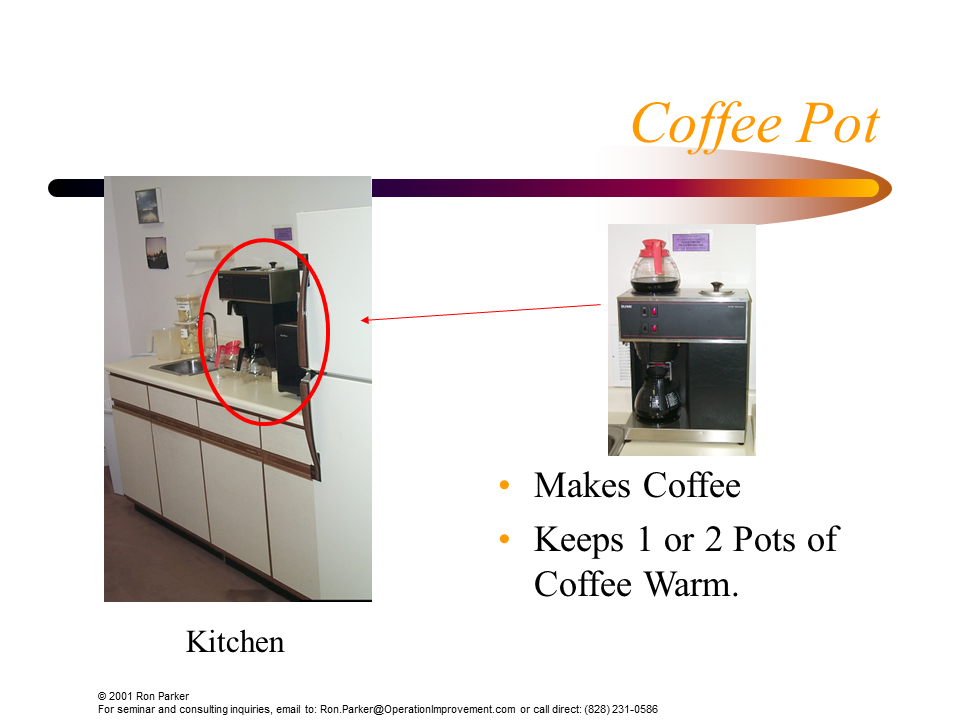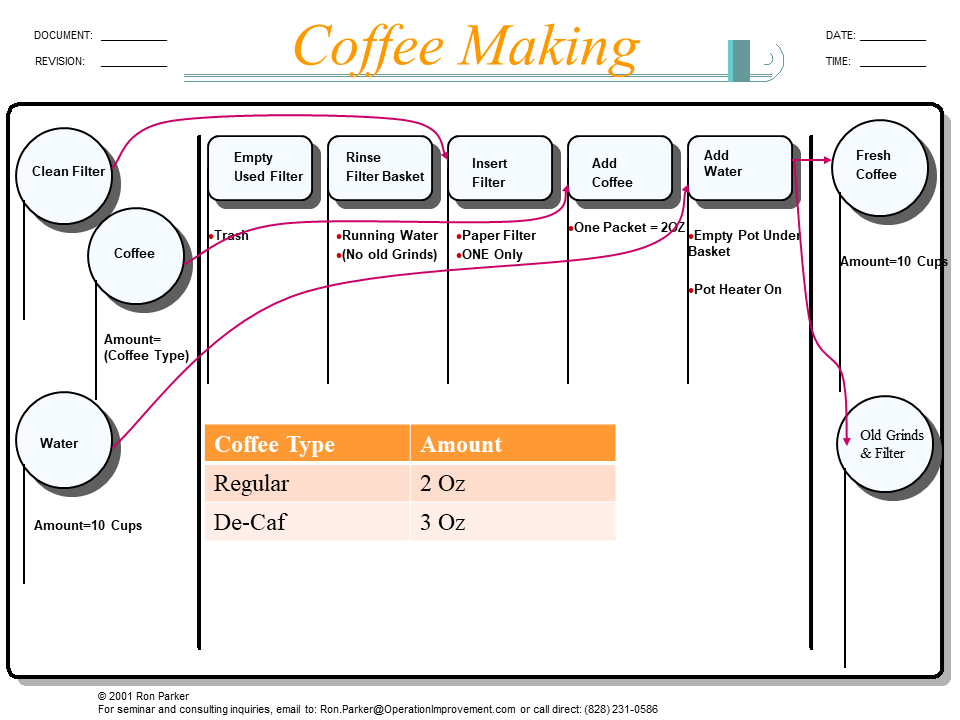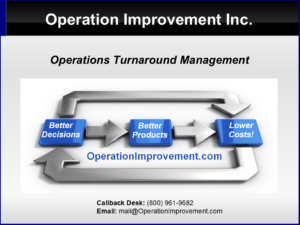Archive
How do you diagnose process control problems?
First make sure we understand the process!
[See this example: Ceramic Manufacturing Process in 10 Steps (khatabook.com)]
Starting with ore (Rocks!), we organize the ceramic process into a few mental “buckets”, then further break down each process step to a desired level of detail.
Ore->(Procurement & Beneficiation->Mixing & Forming->Green Machining->Drying & Sintering->Glazing & Firing)->Ceramic Part.
Like geographic maps that cover countries, states, counties and cities with only four levels of detail – these mental “maps” that we make of process help us to “zoom in or zoom out” on particular aspects as we begin to problem solve.
We now have a context for data collection, true process control (not “product” control) and capability assessment.
Next, you can think of each part of the process as a “test point”. At each level of detail, add the appropriate metrics and measures such as particle size, viscosity, machining tool selection, speeds, feeds, dimensional targets and tolerances, moisture content, temperature, and so on. If you haven’t been tracking these key metrics – better late than never! Use this past and current process control data to determine exactly when and where things changed.
A ”cause” is a thing – a noun. You are searching for some -thing- that is present, missing, or behaving differently. Good process control data tells you when and where to look.
The tough problems are the ones with interactions – multiple causes. The really tough problems are sometimes caused by a neighboring process instance that shares plumbing, power or other facilities infrastructure with the process in trouble.
AI In The Recruitment Process
A client we once helped began by complaining, “Our customers don’t follow our processes.”
For customers, at least, processes should be like vending machines. They do not need to know what makes all the sounds as the soft drink drops. I don’t have the source at hand, but a here is great and relevant quote: “Customers do not need to know what does on behind the door marked EMPLOYEES ONLY.”
To some extent, this attitude should be extended to employees. How hard is it to schedule shift swaps? Vacation days? Of course, this is a big selling point for the latest HR automation tools.
However, AI classification algorithms sort resumes, not people. In my quality management classes, I have taught and reminded participants that: “The Measure is not the Metric”.
Like any automation attempt:
1. You must understand in principle how to perform the work manually if AI is to be successful.
2. You must periodically audit the automated process from the ground up.
See: Operation Improvement Inc. » Automation Technology & Business Operations
Every process has a product and a by-product.
Early in my consulting work, we were doing a series of Quality training classes at a plant in Tennessee. My associate, James, asked the class about “scrap”. The class said we don’t have a scrap problem, and James held up a little tip of rubber – a trimming from a finished product that amounted to a significant quantity every month.
Every process has a product and a by-product. The “product” of an operation is often subjected to inspections, reporting and analysis that we call “burnt biscuit reports.”. Even if a facility is fortunate and has no “burnt biscuits”, there are still opportunities to learn and improve by, for example, examining the by-products of production.
Of course, Statistical Process Control looks at the processes that -make- the biscuits. It moves the focus from biscuits to baking. When we are “baking”, “mixing”, “pouring”, “cooling”; we want metrics that we can quantify critical aspects of those actions in addition to those of the product.
Finally, the input of every process is the output of a predecessor. A “Walkabout” style visualization pulls together the important relationships between incoming product, process, outgoing product metrics, and by-product!. We describe it as a way to “learn, share, teach and improve”.
Some call this style of documentation, a “functional block diagram”. Our use of the technique began by understanding its traditional use for “divide and conquer” signal tracing in the electronics industry. We then adapted it to latex form and mold manufacturing, hydraulic valve machining and assembly, chemical baths and plating, IT support processes, call center/telephony processes, and more.
If you find this approach helpful, check out these books: The Abbott Walkabout Series & Thirtysevenideas.com
What is It? Where is It? What Does It Do?

How Does It Work?

Automation Technology & Business Operations
Process automation can and does mean anything from data collection, repetitive manufacturing or maintenance task execution, service organization reporting, software testing and deployment and more.
For operations monitoring in particular, and for automation in general, there are three principles that should be followed as a guide to success.
- To successfully automate a task, you must understand in principle how to perform the work manually. With data collection, you need to have a clear picture of the thing or activity, its attribute, the type and units of measure, and the measurement method. Automation is a tool that allows one to perform the work of many.
- You must keep the focus on the ‘why’ of automating a manual process. In the case of data collection, does automation produce information that is more timely, more accurate and less expensive than other means?
- You must periodically audit the automated process from the ground up. With data collection, you need to audit the flow of data from the point measurement takes place, up through any rollups, summary statistics and reporting. (See #1)
Finally, with operations monitoring automation, remember that the goal is conceptual understanding and ideas that are useful/actionable. Don’t ‘bury the lead’ in pages and pages of unnecessary reporting, data analysis and out-of-context graphics.
Check out the Keyence.com case studies library for more on Automation Tech: https://www.keyence.com/solutions/case-studies/





